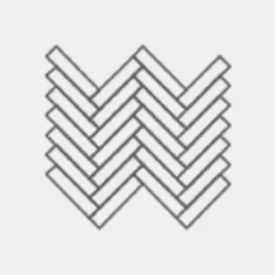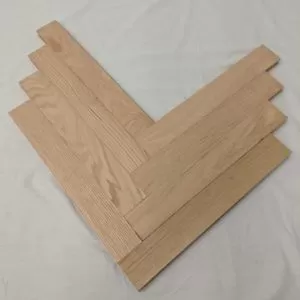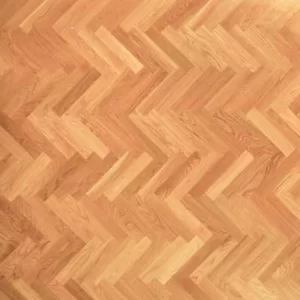Unfinished Solid Herringbone Flooring
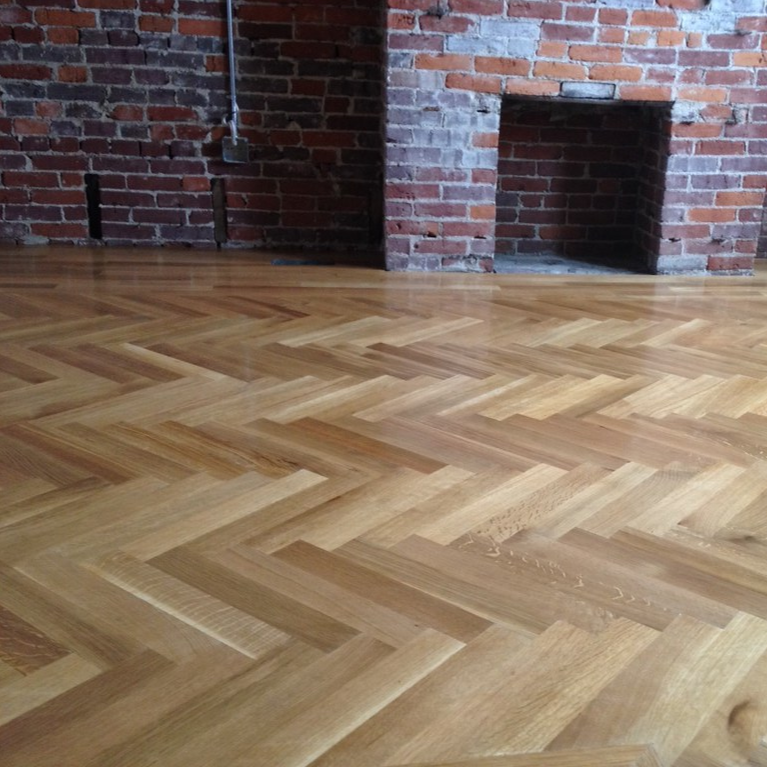
Is Solid Herringbone flooring right for me?
When you’ve decided that the herringbone pattern is the right design for your hardwood flooring project, you’ll need to finalize a few details before you can check floors off of your to-do list. The first thing you’ll need to decide on is whether you want your new herringbone floor to be constructed of solid hardwood or engineered hardwood. It’s important to note that solid wood is not superior to engineered wood in any way. They each are designed for a purpose, and the engineered option will actually cost as much or more than solid for a number of reasons.
How do I choose between Solid & Engineered Herringbone Hardwood Flooring?
How do I choose between Solid & Engineered Herringbone Hardwood Flooring?
Ultimately you should check with a local flooring professional (even if you’re going to be installing your floors yourself) for their input regarding this decision. Essentially your subfloor type and/or local climate may determine which type of herringbone floors you should choose. For example, if you plan to install these new herringbone floors over a concrete slab, then Engineered construction is going to be your best option. However, recent developments in adhesives have enabled the use of solid hardwood directly over a concrete slab foundation in some cases, so that’s why it’s best to consult a local flooring professional since they are familiar with the climate in your area and can give you advice on this matter based on prior experience. Or if you have a multi-level home with wooden subfloors, solid may be a viable option, however, if your home is waterfront, or otherwise in an area with high relative humidity then you may want to consider Engineered Herringbone Flooring because of its enhanced dimensional stability.
I’ve determined that Solid herringbone floors are right for me. Now what?
Now you need to settle on the aesthetics. Decisions left to be made include the following:
What type of hardwood?
We offer over 20 different types of hardwood in the herringbone pattern. Here are just a few examples: White Oak (Plain Sawn), Rift & Quarter Sawn White Oak, American Walnut, Brazilian Walnut (Ipe), Brazilian Cherry, Sapele, Mahogany, Red Oak, Hickory, and many more.
What board width?
We offer solid herringbone floors in a wide range of board widths, ranging from as narrow as 1″ and all the way up to 12″ wide.
What board length?
In addition to choosing a width, you’ll also have to decide on a length. This is a must since every single board is the same length in a herringbone floor, and the length you choose will have a significant impact on the overall aesthetics of your floor. Typically the longer the boards, the higher the price will be.
To view prices and product details, select a type of hardwood from the options below. We look forward to doing business with you soon!

